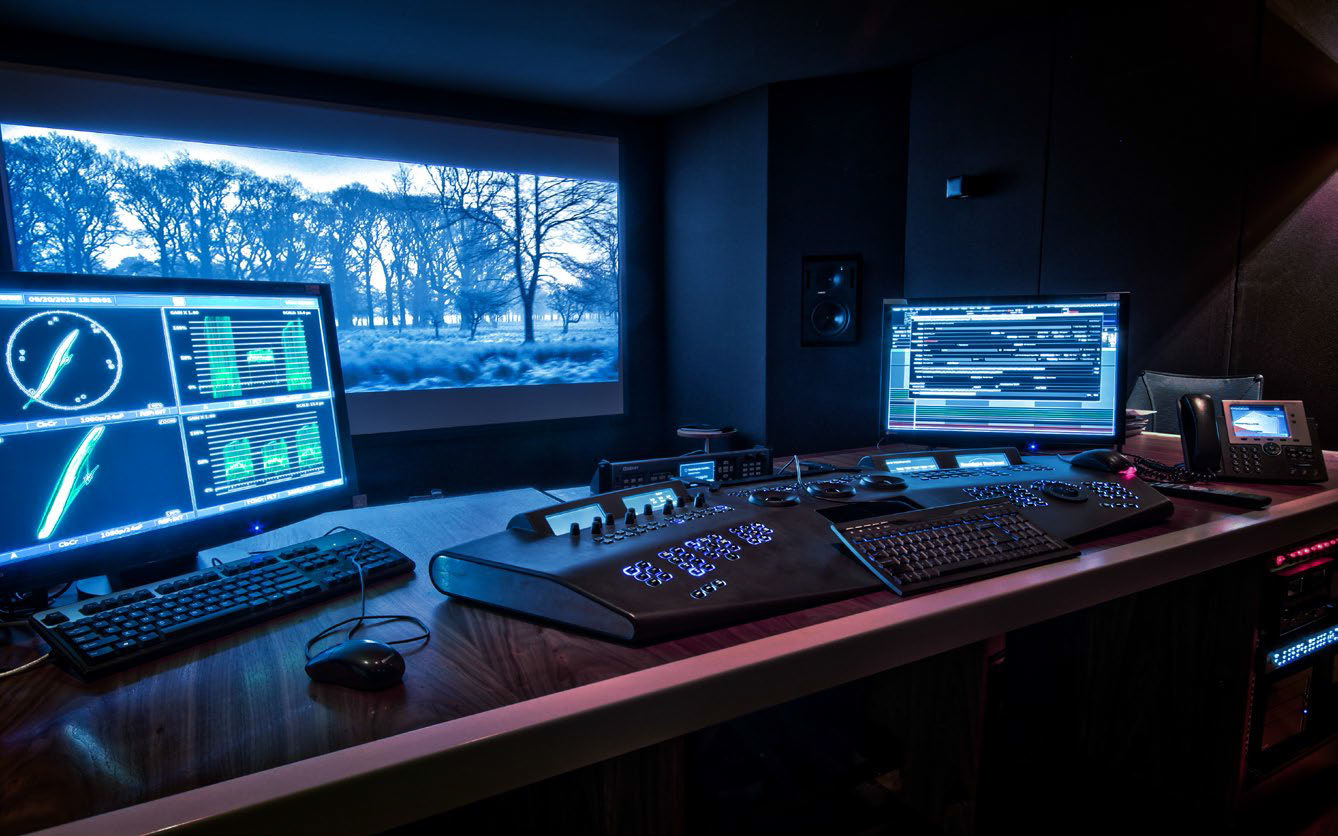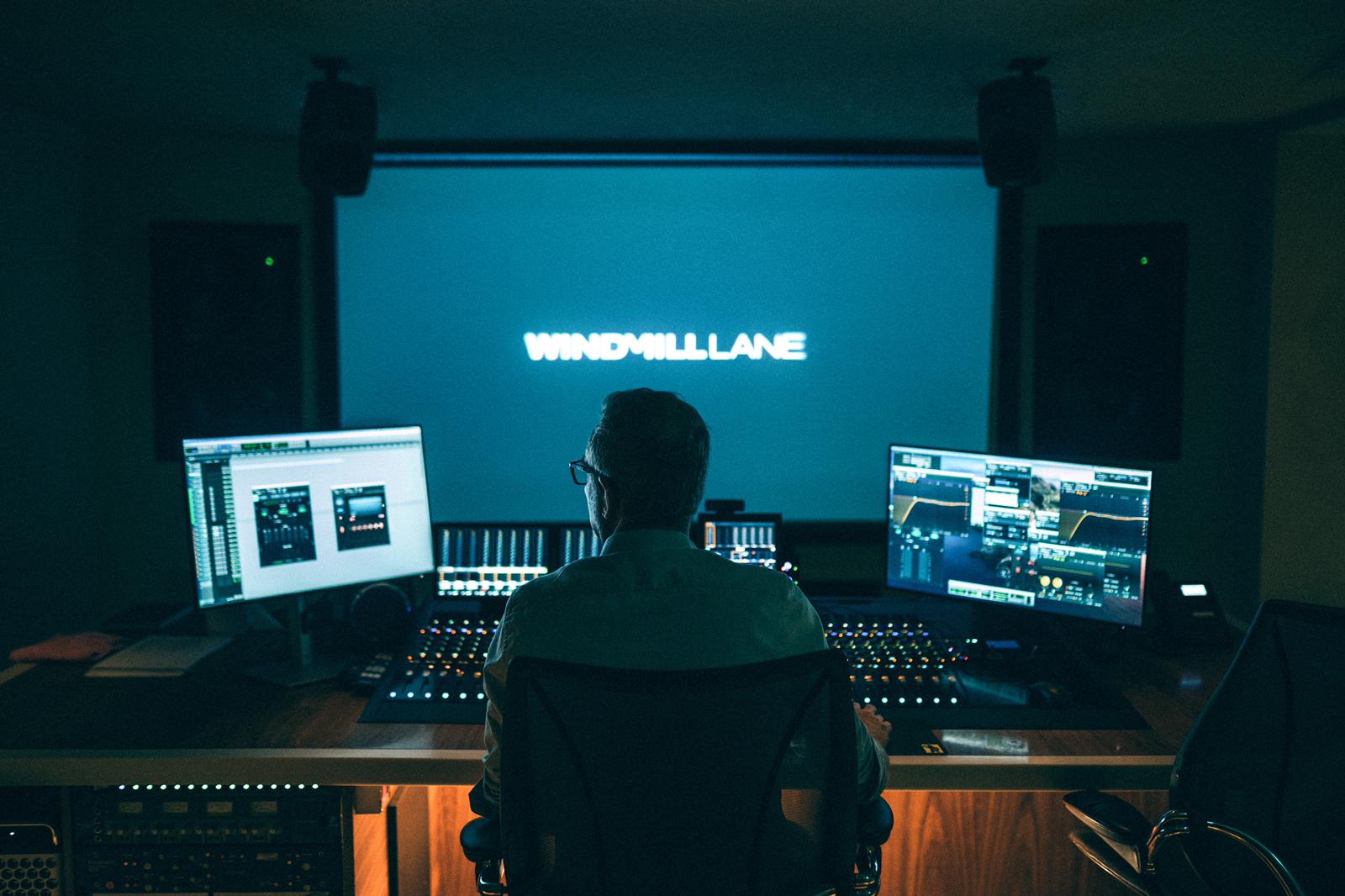KIN – RTÉ’s Epic Crime Drama Setting A New Standard for Irish Filmmaking
Film/TV
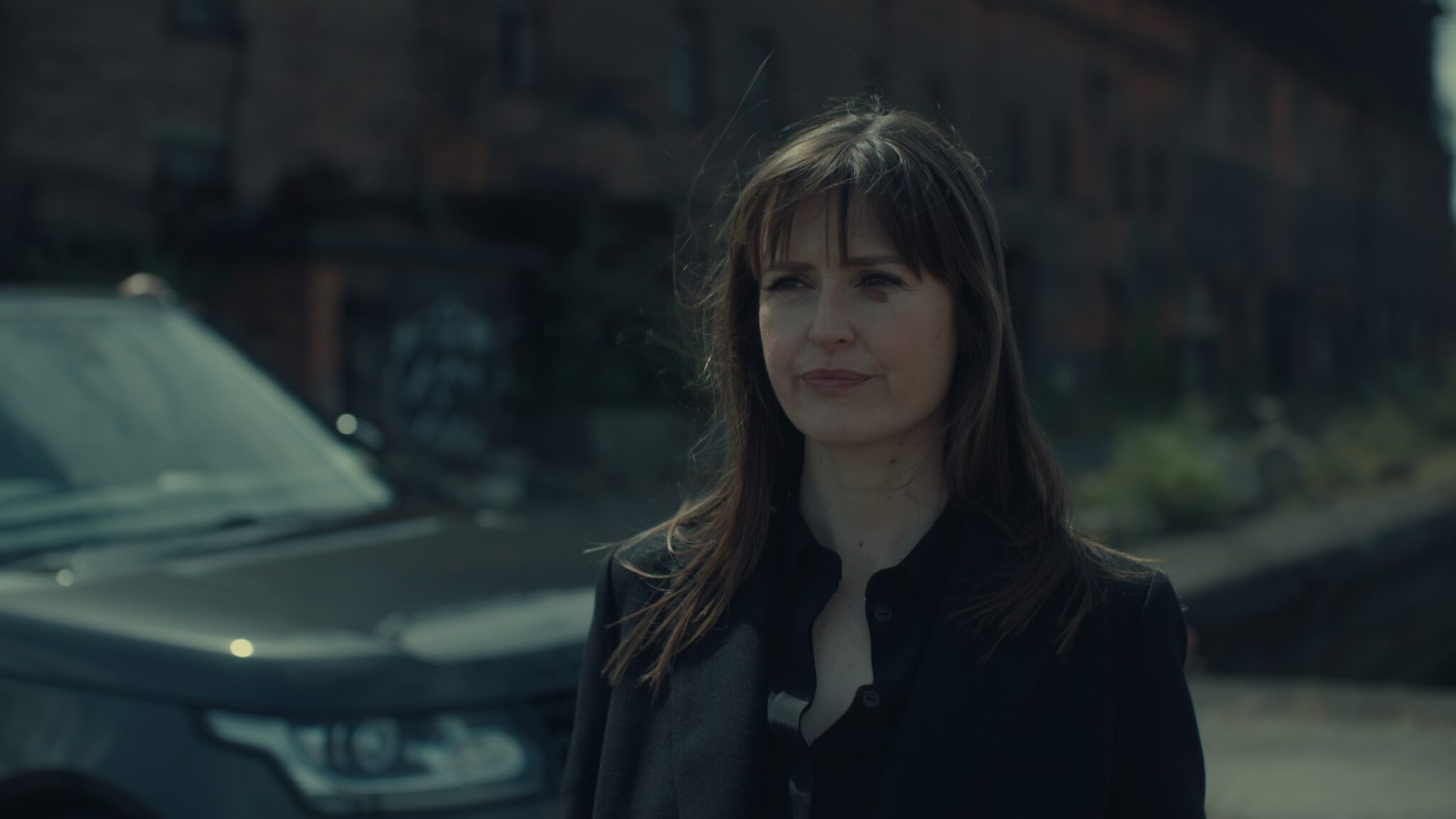
[Amanda Kinsella played by Clare Dunne]
Written by Jason Gaffney
[Read Time – 8 mins]
As Season 2 of KIN continues to build a head of steam on RTÉ One – I sat down with its writer and showrunner – Peter McKenna – and Windmill Lane’s Post Production team to discuss how this massively successful series was brought to life. Full Post-Production on KIN was provided by Windmill Lane, including VFX, and the shows success bodes well for a continued partnership.
The fast rate with which content is consumed these days mean it can be difficult to appreciate the hard work that goes on behind the scenes. Having worked across Film & TV for nearly 15 years I have seen the craft, time, dedication & passion that exists behind the lens and was keen to use KIN’s current success as an opportunity to examine the finer details that allow a series of this magnitude to beam into our living rooms every Sunday evening.
Episode 4 marked the halfway point with viewings figures proving more impressive by the week. With Bren continuing to undermine Amanda’s power, and the Gardai focusing their attention on her operations, Amanda is really feeling the pressure. And all that is before she discovers the personal and professional betrayals being conducted against her. I started my analysis of KIN‘s production by speaking with Peter McKenna about his approach to writing Season 2 & his evolving writing style.
You spoke with RTÉ recently about “the importance of allowing the story to unfold as it was written” (read here). In your opinion – what benefit does the audience get from this type of storytelling?
Well there is always a question over your own opinion vs what the audience expects. I am getting better at accepting audience reaction. But writing for KIN – I had the full support and trust of everyone involved which allowed me to be more emotional and character focused. I wanted to express the feelings of each character. I want the audience to enjoy spending time with these people in the same way that I did writing them. I love shows because I love characters. I hope this is what resonates with viewers.
Have you always had this approach or has your writing evolved?
I haven’t always been like this, no. Taking a step back – I learned a lot from screenwriting books and after my time at the BBC Writers Academy (which was like going back to college) I began to think more about structure, became more confident and now write in a way that, hopefully, feels more natural and surprising rather than following a taught structure.
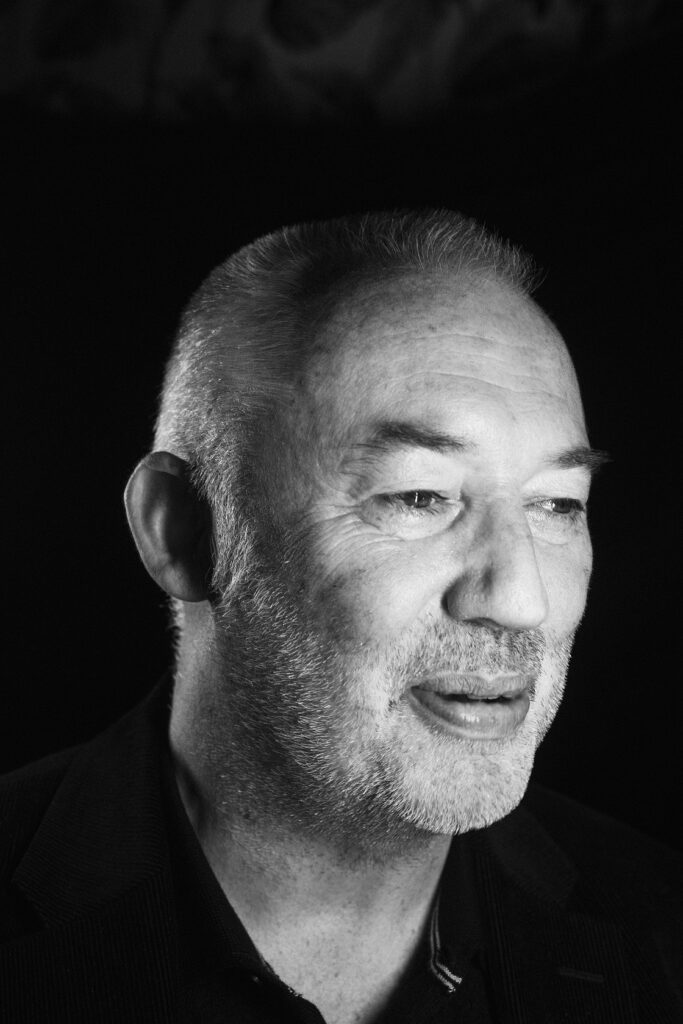
[Peter McKenna]
You have done Post with Windmill Lane on 2 x seasons. How has that partnership been?
I particularly enjoyed making Season 2 as Season 1 was online due to Covid. This time around I was able to go in, sit in on edits and collaborate. For example I got to spend time with Dermot Diskin (Editor) and Eoin McGuirk (Editor) which was a much better experience and interactive. And whether it was Sound or Grading (which was done by the Windmill Lane team) – being face to face meant it was smooth.
Speaking of the Grade – I thought it would be useful to chat with Matt Branton (Colourist on both seasons of KIN) at this point to gain some insight into how the look & feel was achieved while also questioning how it was working within Peter’s urban landscape once more;
Grading a second season of a drama definitely has its advantages. The general look, and many of the locations, are already established so there’s less of a conversation about these things. James Mather (DOP) and I worked on both seasons so there was already a shorthand as to how to approach most scenes.
In terms of the look, the world it lives in is quite paired back and muted. Particular attention is paid to actor skintones and reducing unwanted pops of colour or luminance in shot. The show is very character driven rather than environment driven, and so all elements of the look (lighting, production design, grade etc.) is all geared towards connecting with the characters, says Matt.
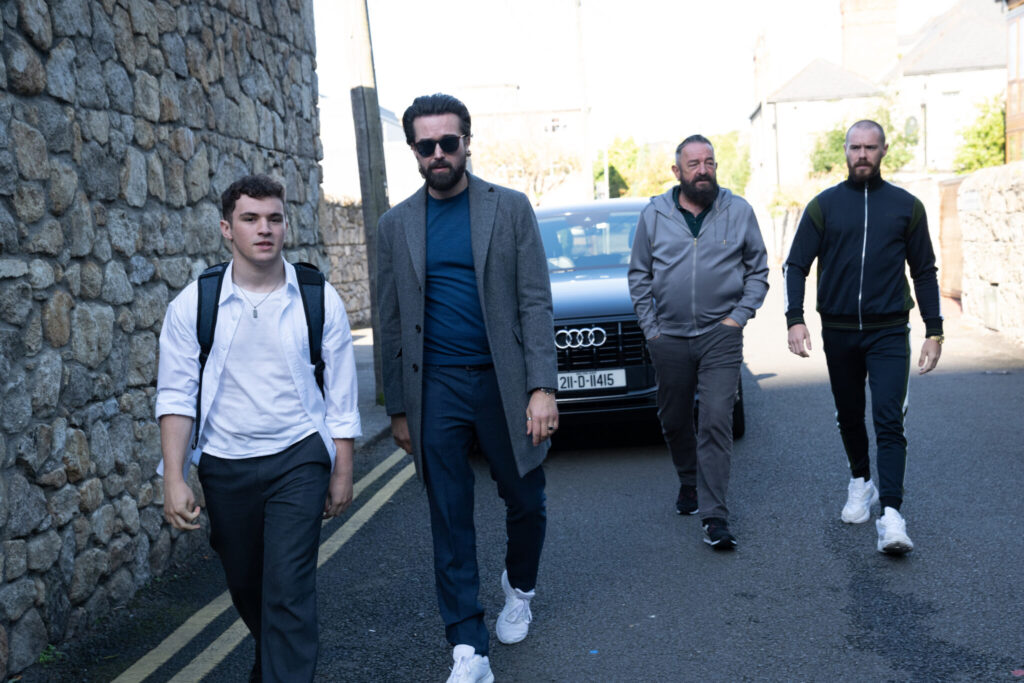
[Anthony Kinsella (Mark McKenna), Jimmy (Emmett J Scanlan), Bren (Francis McGee) and Viking (Sam Keeley)]
Returning to Peter I ask whether he has a preferred stage of filmmaking?
It has changed. I have always enjoyed writing, you know? The only limits are your imagination and you can go in with so much hope that gets you through the process. There is unlimited possibility. However during that process there can be compromises which I find tough. But I now love Post Production. Maybe that is because this (Season 2) was so conflict free. Myself and Emma Fleischer (Creative Producer at BRON Studios) were overseeing the Post creative and there was no drama.
What can people expect from the second half of season 2?
The tiny details that the first half include come to fruition and pay off. There are big consequences. The heat is building and Bren (played by Francis Magee) is the flame. I would even say that Episodes 5-8 (Season 2) are my favourite across both seasons.
Following the Irish film industries recent success on the global stage and the hard work that is being done domestically to develop a more sustainable filmmaking infrastructure long-term (namely studio space construction) Windmill Lane take a lot of pride in their work for award winning KIN which showcases incredible Irish talent and maintains a production quality that is world standard.
Therefore I wanted to chat with some key members of (Windmill Lane) staff to get their two cents on the project and how they found working with Peter and the team once more.
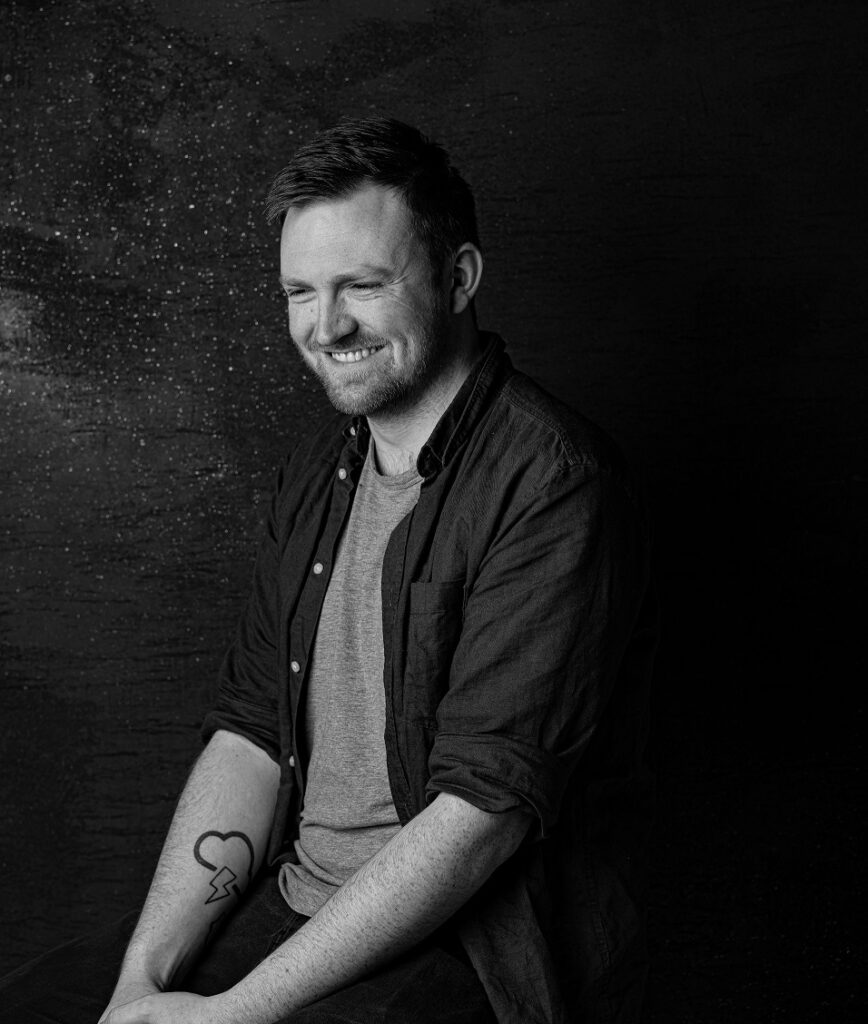
[Aaron Carroll – Head Producer Film/TV at Windmill Lane]
Post Production Supervisor, Aaron Carroll, shared his experience working on this globally loved TV series;
Getting to work on Kin Season 2, alongside some fantastic directors (Felix Thompson, Christine Molloy, Joseph Lawlor, and Kate Dolan) and the executive producer duo of Peter McKenna and Emma Fleischer has been an incredible experience from start to finish. Every day brought an opportunity to gain new experiences and contribute to this incredible show. I couldn’t be prouder of the Windmill Lane team and the work they put in – to continue the brilliance of season 1 and bring the show to new heights.
George Lucas famously said that “sound is 50% of the movie-going experience”. Luckily for Windmill Lane the sound and audio was being managed by Fionán Higgins and Mark Henry who previously worked on Season 1. Fionán shares his experience;
We welcomed the challenge of working on Season 2 of KIN with open ears. The Kinsella’s are out and about in the city a lot more this year so our sonic palette was more varied and gave us a chance to use our extensive collection of recordings of Dublin and beyond.
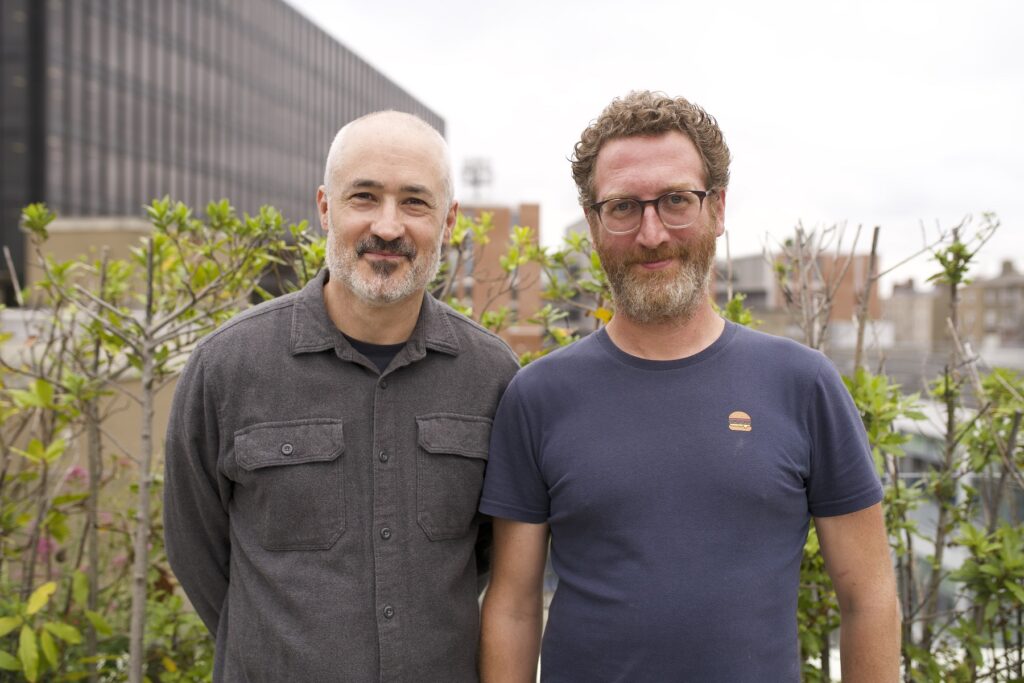
[Fionán Higgins & Mark Henry]
Fionán is one of Ireland’s most experienced Sound artists for feature, drama and animation audio having recently been promoted to Head of Audio – Film/TV. The same can be said for Henry, who is one of Windmill Lane’s most senior Sound Mixers across Film/TV, Documentary and Advertising work. Together they boast more than 20 years’ experience in the industry. Higgins has been IFTA award-nominated four times, while Henry has been nominated for an IFTA three times; he won the award for Best Sound for Television in both 2013 and 2015, as well as an ICAD for best Sound Design in 2019.
Another recent promotion within Windmill Lane saw Martin Fanning become Head of Editorial. Martin was recently featured in Assembled Magazine, in association with Irish Screen Editors, where he discussed his career to date and his vision heading editorial. Having edited season 1 and 2 of KIN – Martin discussed how being a fan of the show helped influence his work:
I had worked on Season 1 and was a big fan so was excited to see what Season 2 would bring. During filming, the Edit team gets to work on new scenes each day and a huge part of what I love with this job is seeing actors like Clare Dunne and Charlie Cox perform a scene 10 different ways, with subtle nuances each time but it never takes away from the enjoyment of watching the finished episode and seeing how the audience react and respond to the story.
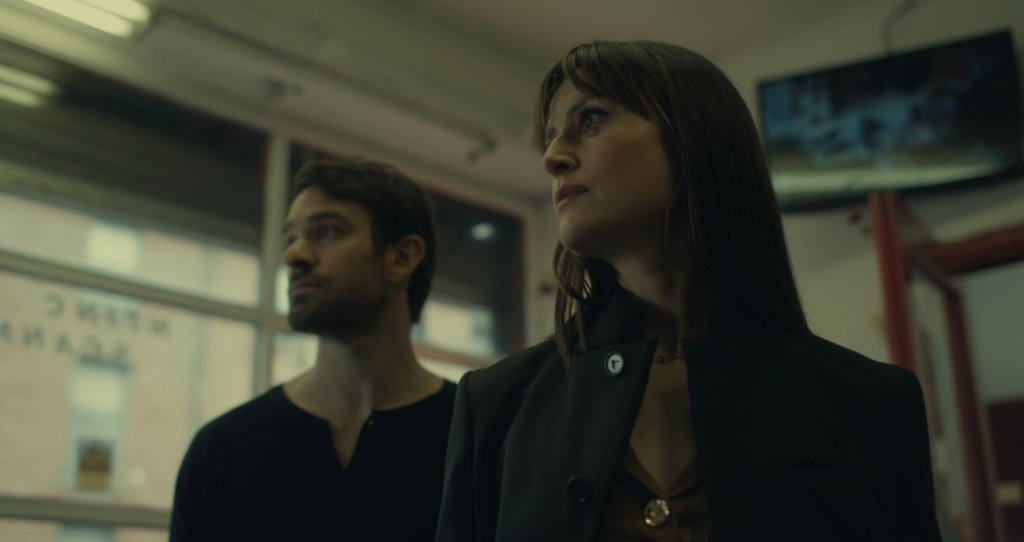
[Charlie Cox & Clare Dunne]
So there you have it. An Irish TV show with awards, an A-list cast, a driven production team, endless world building scope – as well as an engaged Irish audience hungry for more. Both families (Kinsella’s and KIN production crew) have endeared themselves and laid down roots that will be hard to severe. It has set the standard for Irish TV drama and laid a marker that will no doubt be chased – by an industry reaching new heights by the year.
Below – you can check out our full credit listing plus a tantalizing promo trailer for what lies ahead in the second series. Keep a sharp eye on Windmill Lane’s social media channels and website ‘news section’ for more interviews, promo & show information!
Windmill Lane Twitter
Windmill Lane LinkedIn
Windmill Lane Facebook
Windmill Lane Instagram
Windmill Lane Production Partners:
– BRON Studios
– Metropolitan Films
– Headline Pictures
– RTÉ
– Screen Ireland
– BAI
– AMC+
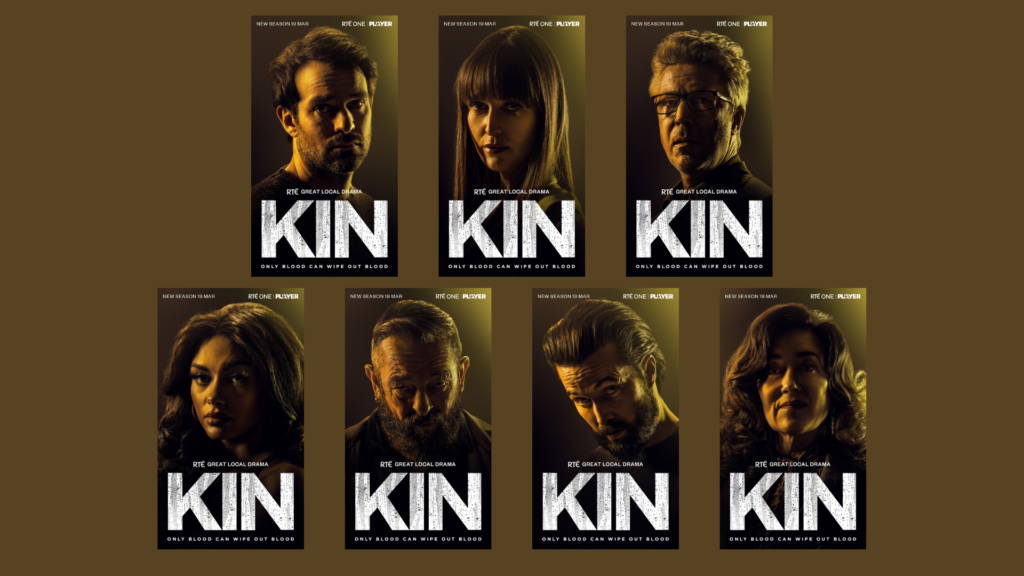
Windmill Lane / KIN – Season 2 Credits:
